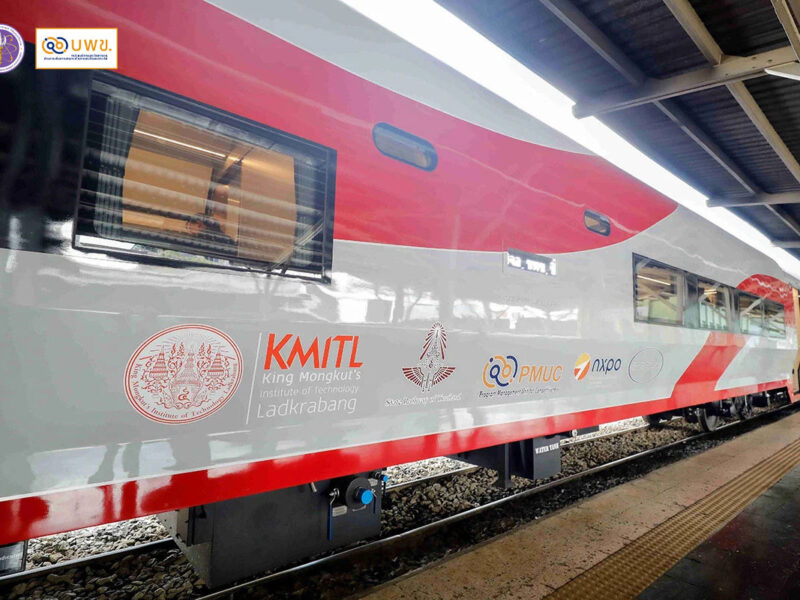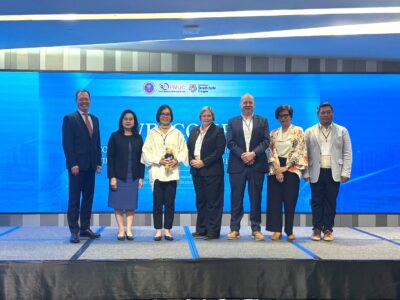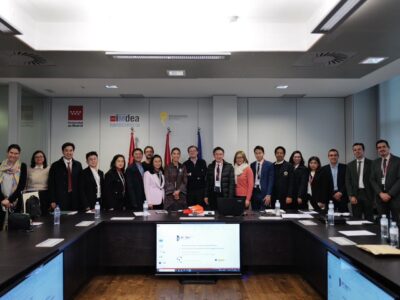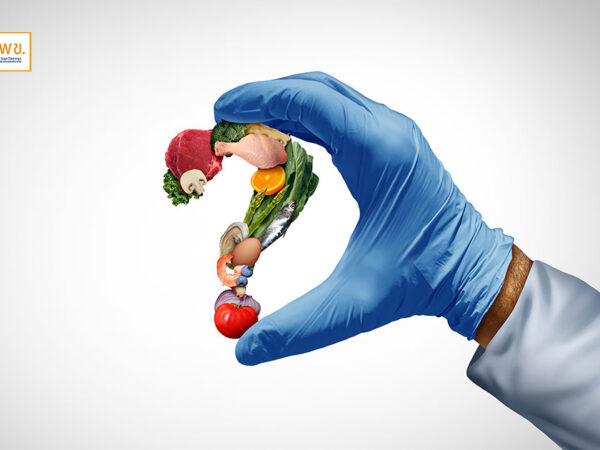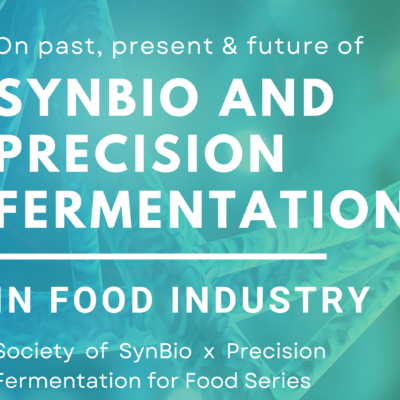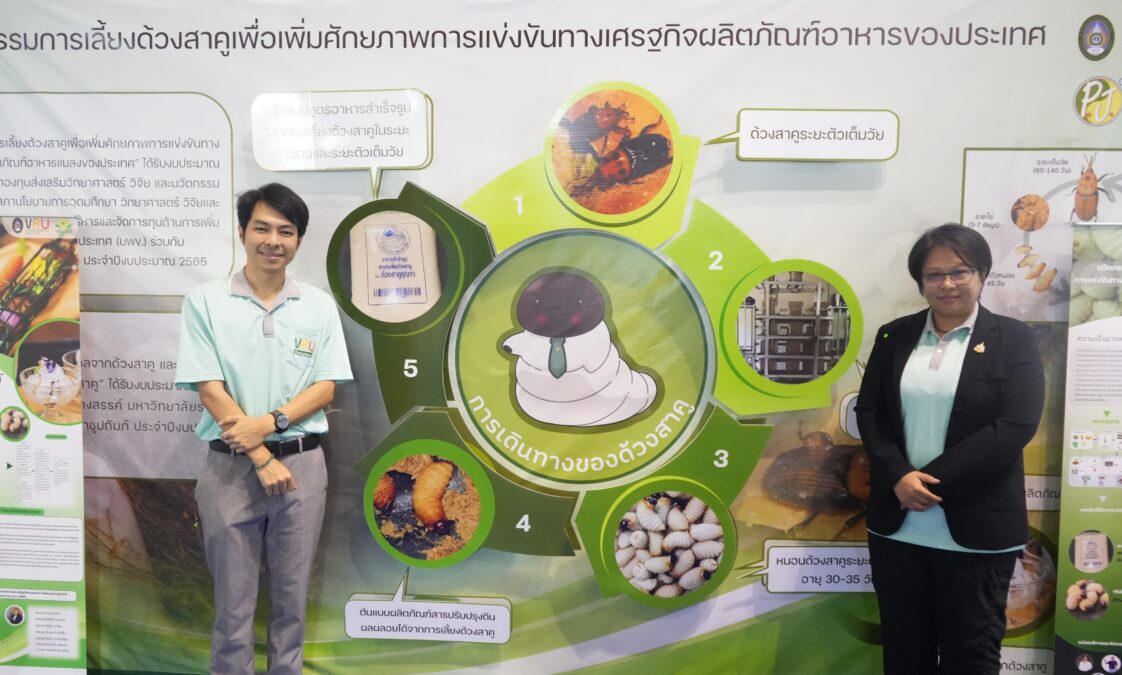
Protein from insects is another option for addressing future food shortages, with the “sago beetle” being an edible insect that is gaining popularity among both Thai and international consumers. It is considered an economically interesting insect because it is easy to farm, grows quickly, requires minimal care, and the larvae are relatively large, with high weight and protein content. Every part of the beetle can be used, making it a high-value product.
However, farmers currently face several challenges in breeding sago beetles, particularly in waste management, which affects the quality of the produce, as well as the surrounding environment and community. For example, the beetles’ intestines may appear black, and the beetle meat can have an unpleasant odor. Additionally, farmers are unable to produce sago beetles year-round due to environmental factors, leading to a lack of continuity in the industrial-scale processing of sago beetles. It has also been found that current sago beetle farms are plagued by other insects that enter the breeding environment, lay eggs, and consume decaying food, which leads to the spread of fungi and mites—both of which are harmful to sago beetle farming. This results in inconsistent yields each breeding cycle. Moreover, adult beetles tend to escape, posing a threat to coconut and sago palm cultivation, causing conflicts between sago beetle farmers and coconut and sago palm growers.

To address these issues and promote the farming of economic insects while ensuring future food security, the Ministry of Higher Education, Science, Research, and Innovation (MHESI), through the Program Management Unit for Competitiveness (PMUC), has funded a research project in the agriculture and food sector titled “Innovative Sago Beetle Farming for Enhancing the Economic Competitiveness of Insect-Based Food Products in Thailand.”
The project is led by Asst. Prof. Sasithorn Hasin, Ph.D., from the College of Management Innovation at Valayalongkorn Rajabhat University under the Royal Patronage, with research collaborators including Prof. Warate Chanchareon from Chulabhorn Royal Academy’s Srisawangwattana College of Medicine, Prof. Peerames Chotikaveekitchayada from King Mongkut’s Institute of Technology Ladkrabang, Ms. Phatthakorn Manupeerapun from Chulabhorn Royal Academy’s Srisawangwattana College of Medicine, Mr. Weeyawat Jaitrong, Ph.D., from the National Science Museum (NSM), and Mr. Watanyu Bunsermyot from the Faculty of Agriculture at Kasetsart University. Additional support has been provided by the private sector, particularly P.J. Sullat Ltd. Part.
Asst. Prof. Sasithorn explained that the project’s origins stem from challenges faced by sago beetle exporters and producers who export to foreign markets, along with input directly from sago beetle farmers regarding the quality issues of their products caused by ineffective waste management in the farming system. The research team therefore developed the “Innovative Sago Beetle Farming for Enhancing the Economic Competitiveness of Insect-Based Food Products in Thailand” project, which consists of three sub-research components: 1) developing a semi-automated sago beetle breeding system in enclosed facilities, 2) formulating feed for sago beetle larvae, and 3) creating prototypes for soil amendment products and biogas derived from waste in the breeding system.
The prototype semi-automated sago beetle breeding system applies technology to address key challenges for farmers and exporters, such as unsuitable weather conditions, foul odors disturbing communities, the risk of adult beetles escaping and damaging sago palm produce, and to provide greater convenience in farming. The system emphasizes water, feed, and space efficiency in breeding.
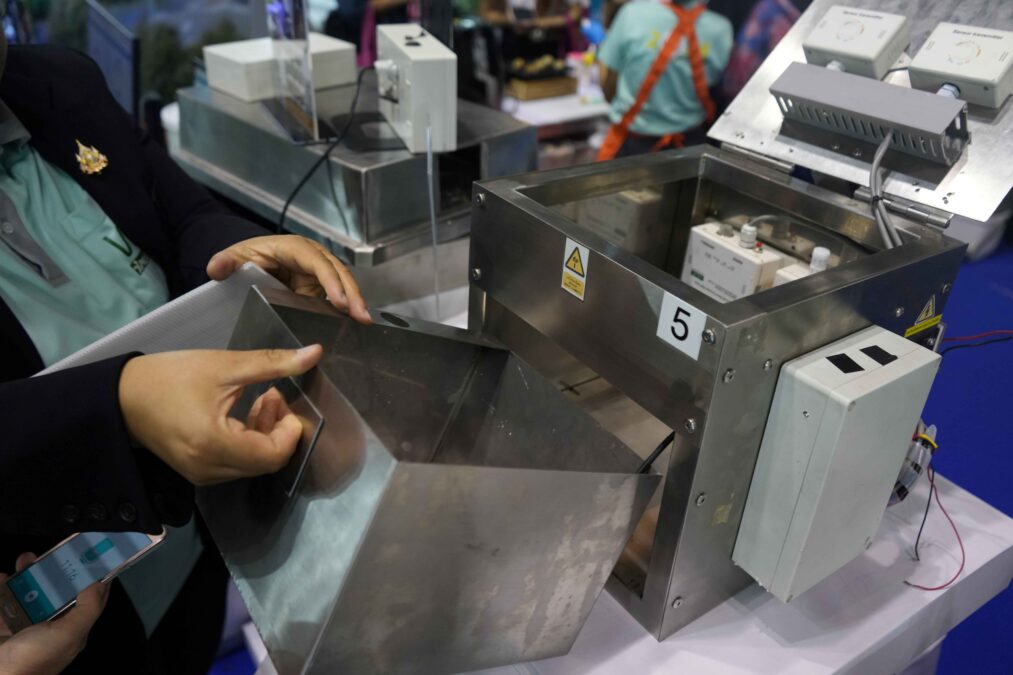
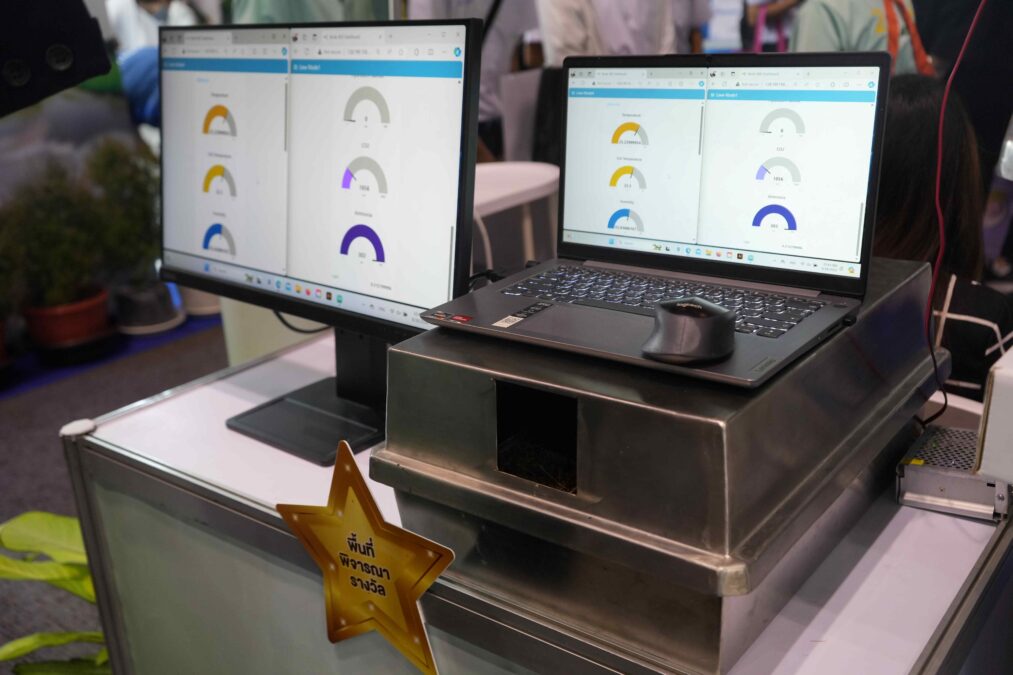
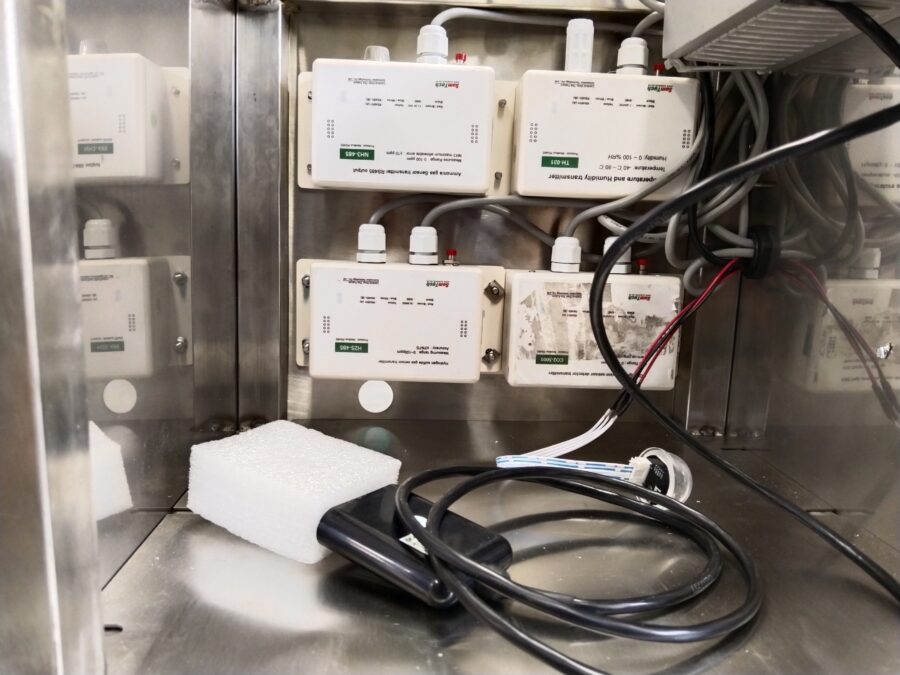
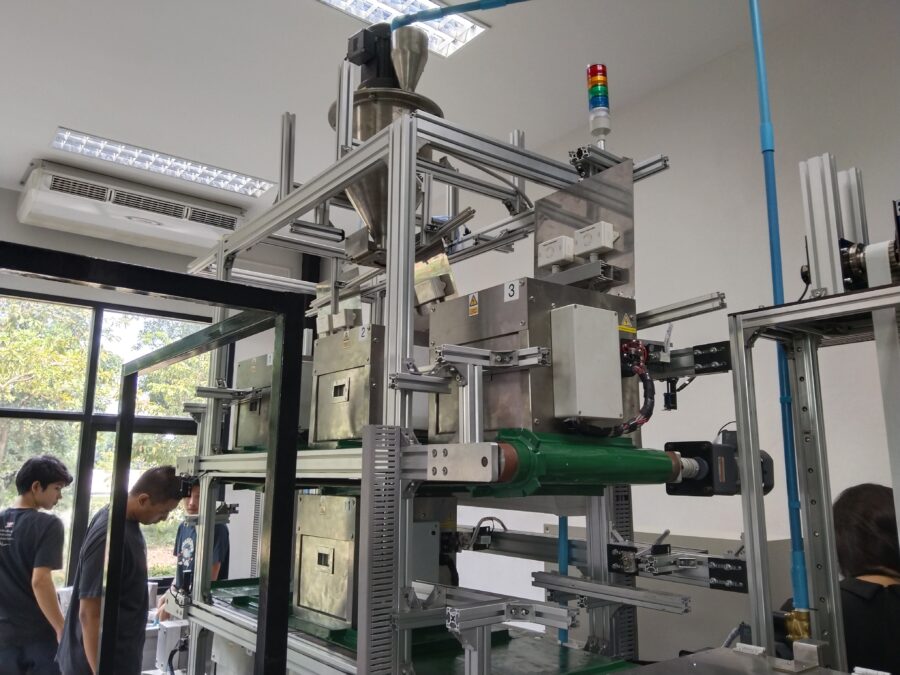
hw-remosaic: false;
touch: (-1.0, -1.0);
modeInfo: HDR ;
sceneMode: 2;
cct_value: 0;
AI_Scene: (-1, -1);
aec_lux: 255.34357;
aec_lux_index: 0;
hist255: 0.0;
hist252~255: 0.0;
hist0~15: 0.0;
albedo: ;
confidence: ;
motionLevel: -1;
weatherinfo: null;
temperature: 36;
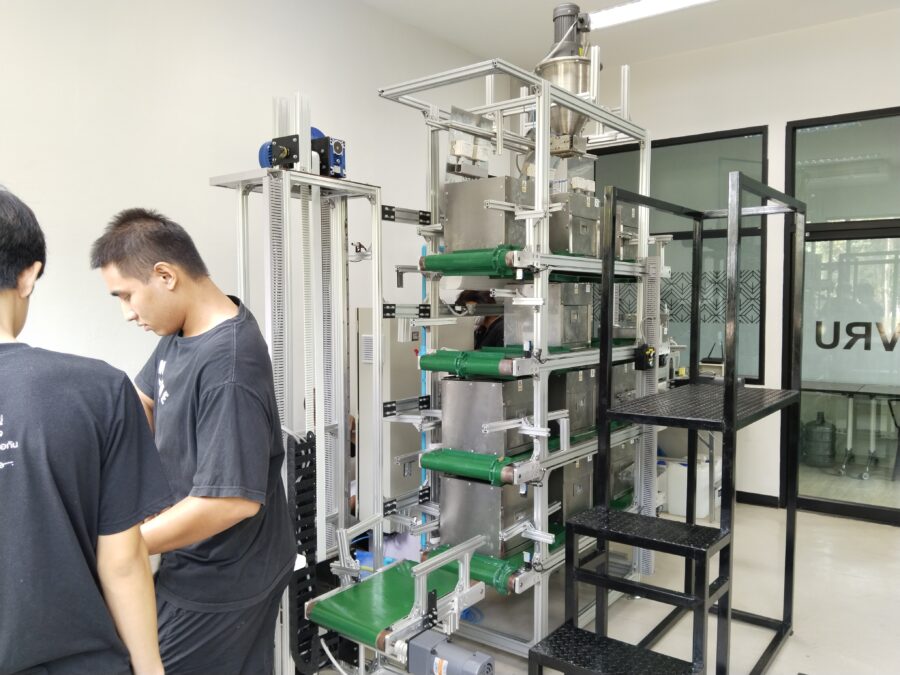
hw-remosaic: false;
touch: (-1.0, -1.0);
modeInfo: ;
sceneMode: 8;
cct_value: 0;
AI_Scene: (200, 0);
aec_lux: 276.02142;
aec_lux_index: 0;
hist255: 0.0;
hist252~255: 0.0;
hist0~15: 0.0;
albedo: ;
confidence: ;
motionLevel: -1;
weatherinfo: null;
temperature: 35;
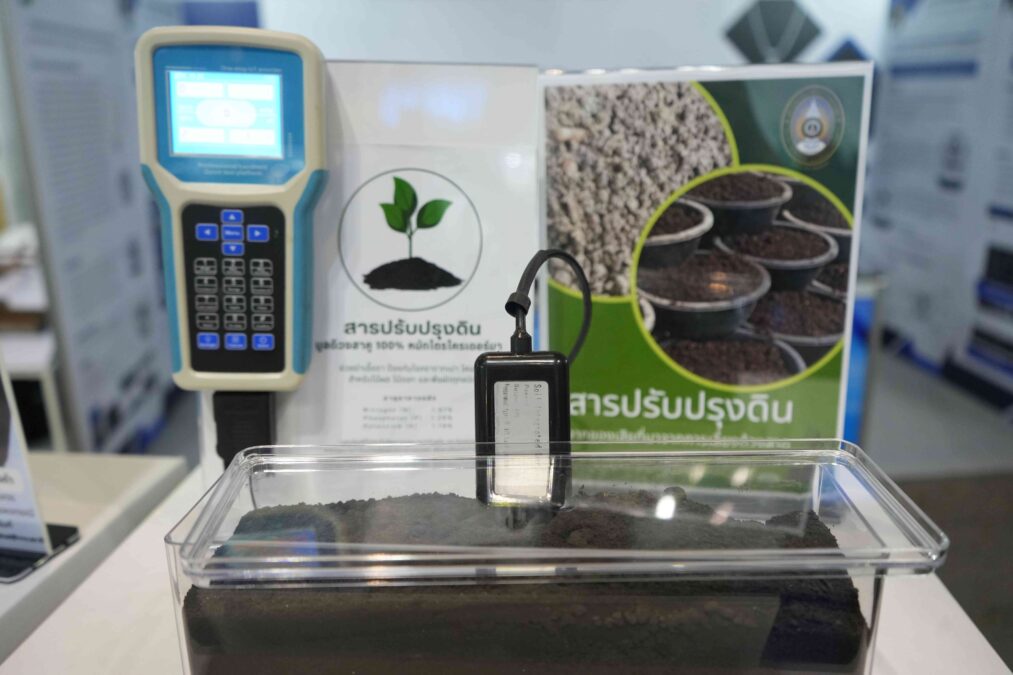
The research team has designed a sago palm weevil larvae rearing box equipped with an automated mechanism set for moving the rearing boxes, feeding, and harvesting the larvae when the rearing cycle is complete. This system includes a food and water dispensing unit, a washing and wastewater drainage system, and, most importantly, an ecosystem monitoring set. Sensors are installed within the rearing box to measure temperature, humidity, and various gases that affect the cultivation process. These are integrated with a real-time data collection and tracking system that connects to the sensors through a secure and easily controllable internet-based system.
Regarding the development of the feed formula for sago palm weevil larvae, the focus is on studying the variety of plant-based food sources and microorganisms that benefit the larvae’s growth, using these findings in the production of the larvae feed. Currently, two formulas have been developed: one for the larval stage and one for the adult stage. Meanwhile, prototype products like soil conditioners and biogas are by-products from the waste management system used in sago palm weevil rearing, utilizing waste materials for further benefit.
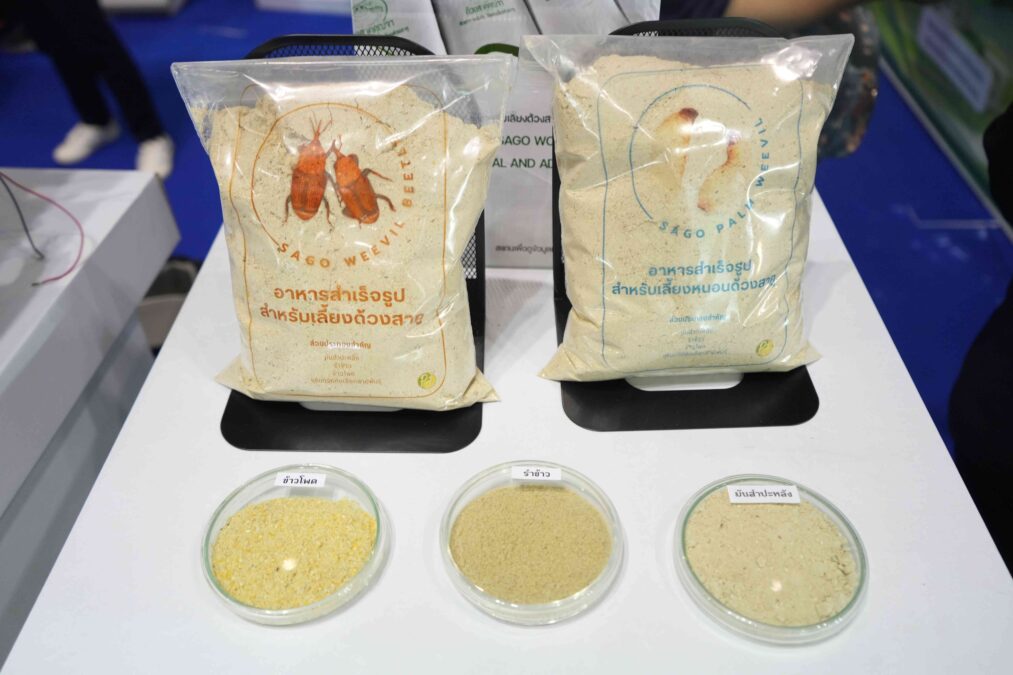
“The results from rearing sago palm weevils in the developed closed-system rearing box, designed to produce 1 kilogram of larvae per box, showed that using the rearing system along with the developed feed produced approximately 1.1 kilograms of sago palm weevil larvae within just a 20-day cycle, compared to the traditional method that took farmers up to 35 days. Additionally, the larvae fed with the developed feed had higher protein content than those raised using conventional methods,” Assoc. Prof. Sasitorn stated.
She further added that apart from the three research projects supported by PMUC, the research team also recognizes the potential of sago palm weevil larvae, which are rich in protein. However, consumers may feel apprehensive due to their appearance. Therefore, the team extended the sago palm weevil larvae products from the developed rearing system into health food items in the research project aimed at developing insect-based food prototypes, such as “Sago Palm Weevil Meatballs” and “Sago Palm Weevil Ice Cream,” to make the larvae more acceptable and easier to consume.

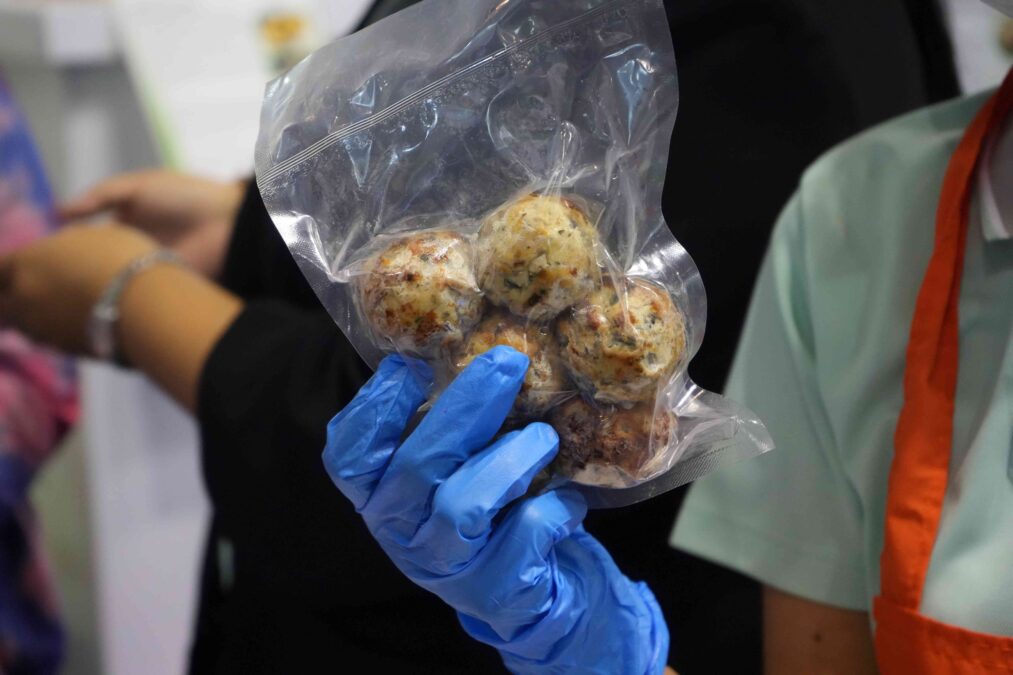
Currently, the prototype of the semi-automatic sago palm weevil larvae rearing system is in the process of being patented and has attracted interest from the private sector, which is negotiating licensing agreements to commercially utilize the rearing technology. As for the development of the complete feed formula for sago palm weevil larvae, in collaboration with P.J. Sullat Ltd. Part., the formula has been finalized and tested in P.J. Sullat’s partner farms. It is now in the process of applying for licensing and animal feed registration for future commercial distribution.
The benefits of this innovation development include increasing production rates, enhancing the value of sago palm weevil products, providing additional income for farmers, reducing the use of chemicals for pest control, minimizing toxic contamination, and reducing waste. It also addresses the conflict with communities caused by unpleasant odors from rearing practices, and reduces the escape of adult sago palm weevils, which are agricultural pests, thereby resolving conflicts between sago palm weevil farmers and sago palm tree growers. Moreover, this innovation contributes to national food security in the future.
Looking ahead, the research team plans to disseminate the knowledge gained from this project to interested farmers, with the expectation that this “Sago Palm Weevil Rearing Innovation” will bring about changes in the economic, policy, academic, social, and environmental sectors, potentially impacting the advancement of the health food industry through alternative insect-based protein production in the country.

